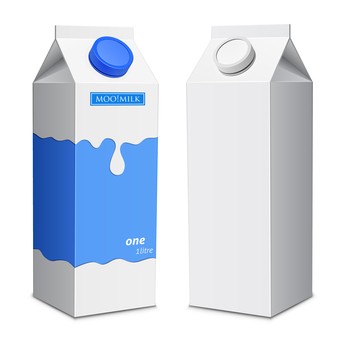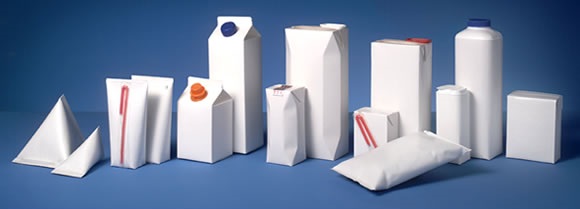Like adults, children of this century have more than ever on their plate.
An endless treadmill of school time, tuition time, extracurricular, homework time, and dare I say, iPad time leave them with very little window to do anything else. Also, like adults, they also have many roles to play: as students, as friends, as teammates and as general creators-of-ruckus! Having said that, we mustn’t forget that children of this age are also still developing, both physically and mentally. Food is not just a tool to keep them going, but also a tool to keep them growing. The challenge is how do you make sure they get their daily dose of nutrients while maintaining their required levels of energy?
PLAN
Plan the menu for the week. There are many healthy substitutions for junk food your kids like. Make your child’s tiffin the envy of the class. Swap deep-fried for air-fried or baked, heavier red meats for healthier white meats and high-fat for low-fat. It’s not so much about weight control (even though the rate of child obesity has spiked), but about your child getting a sustained release of energy through the day. And here’s why…
GET COMPLEX
Everything we eat gets converted into glucosesugar, which in turn provides us with the vital energy we need to perform our various functions. Sugary foods, processed foods, refined foods and some high-fat foods are simple sugars, i.e. fast energy sources which may provide that extra burst of energy, but soon lead to a crash in blood sugar levels just as quickly as they had spiked.
So before you pack that chocolate as a treat for your child in the tiffin or buy a tetrapack of fruit juice -which also has tons of sugar, by the way, and is not as healthy as it may seem -check yourself.
Fluctuations in blood sugar levels brought by these foods are unhealthy.
Choose complex sugars in stead, like fresh fruits, vegeta bles, home-cooked healthy foods, lean meats and eggs. These foods take a longer time to break down into glucose by the body, and provide your child a sustained release of energy through the day.
HYDRATE
We mustn’t forget another factor that contributes greatly to children feeling tired or run down: dehydration. Lack of adequate water drains both muscles and brain. Water helps maintain the salt balance apart from reducing ex haustion. Daily water requirements range from 1.3 litres (for children aged 1-3) to 1.7 litres (for children aged 3-8), 2.4 litres (for boys aged 9 13 years) and 2.1 litres for girls in the same age group. Older boys and girls (aged 14-18) need 3.3 and 2.3 litres, respectively.
Note: A tall glass of water is approximately anywhere between 200-250 ml (approx.)
Lastly, lack of sleep and exercise both contribute to a tired and listless child. Ensure that they get enough sleep and can tear themselves away from their virtual lives to get out in the sunshine to live a real one. If children must bring the house down, they should do it well, I feel, and for that they need to be fuelled by the best nutrition.



